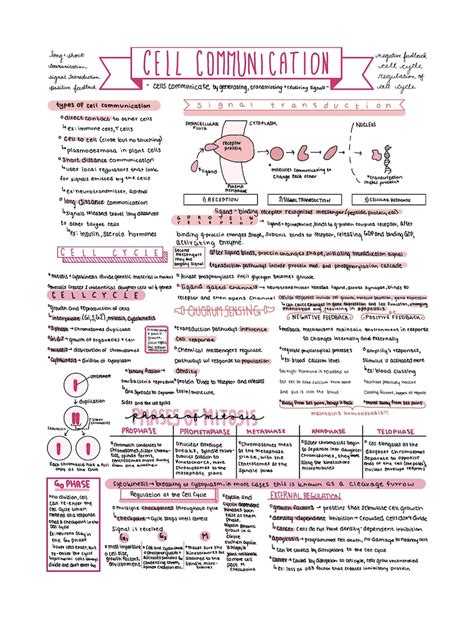Introduction: The Importance of Evolution

Understanding evolution is crucial for comprehending the diversity and complexity of life on Earth. Evolution, the process by which populations of organisms change over generations, drives the adaptation and survival of species in various environments. AP Bio Unit 4 delves into the intricate mechanisms that shape evolution, equipping students with the knowledge to explore the fascinating world of evolutionary biology.
Chapter 1: Evidence for Evolution
This chapter provides compelling evidence for evolution, including:
- Fossil Record: Preserved remains of organisms provide a fossil record that documents the progression of species over time.
- Comparative Anatomy: Studying the similarities and differences in the anatomy of different species reveals shared evolutionary origins.
- Molecular Data: DNA and protein comparisons show genetic similarities among organisms, indicating common ancestry.
- Biogeography: The distribution of species in different geographical regions suggests patterns of evolution and adaptation.
Chapter 2: Natural Selection
Key Concepts:
- Natural Selection: Proposed by Charles Darwin, natural selection is the driving force behind evolution. It suggests that individuals within a population vary genetically, and those with advantageous traits are more likely to survive, reproduce, and pass on their genes.
- Fitness: Fitness refers to an individual’s reproductive success. Those with higher fitness contribute more offspring to subsequent generations, passing on their beneficial traits.
- Adaptations: Over time, natural selection leads to the development of adaptations – traits that increase an individual’s fitness and survival in a particular environment.
Types of Natural Selection:
- Directional Selection: Favors extreme traits at one end of a distribution.
- Stabilizing Selection: Acts against extreme traits, selecting for an intermediate optimum.
- Disruptive Selection: Promotes the evolution of two distinct phenotypes from a single ancestral population.
Chapter 3: Speciation
Key Concepts:
- Speciation: The formation of new and distinct species.
- Reproductive Isolation: Mechanisms that prevent interbreeding between populations, leading to genetic divergence.
- Allopatric Speciation: Occurs when populations are physically separated, preventing gene flow.
- Sympatric Speciation: Occurs when new species evolve within the same geographic area, often due to reproductive isolation mechanisms such as habitat preference or mating behavior.
Chapter 4: Evolutionary History of Life
This chapter traces the evolutionary history of life on Earth, covering:
- Origin of Life: Theories and evidence for the emergence of life from non-living matter.
- Prokaryotic and Eukaryotic Cells: The development of cells with different levels of complexity and the origin of multicellular organisms.
- Major Evolutionary Events: Key milestones in the history of life, such as the Cambrian explosion and the diversification of plants and animals.
- Mass Extinctions: Periodic events that have wiped out large numbers of species, shaping the evolution of life.
Chapter 5: Human Evolution
Key Concepts:
- Evolution of Primates: Understanding the evolutionary history of primates provides insights into human evolution.
- Hominin Lineage: Exploring the fossil record, genetic evidence, and anatomical comparisons to trace the evolution of hominins, including Homo sapiens.
- Modern Human Origins: Theories and evidence for the origins of Homo sapiens in Africa and subsequent global dispersal.
- Ethics and Human Evolution: Discussing the ethical implications of studying human evolution and the impact of evolutionary knowledge on our understanding of ourselves.
Conclusion: The Power of Evolution
Evolution serves as a transformative force, continuously shaping the diversity and complexity of life on Earth. By understanding the mechanisms of evolution, scientists can unravel the history of life, predict future evolutionary trends, and explore the potential for innovative applications in fields such as medicine and biotechnology.
Additional Resources
- AP College Board: AP Biology Unit 4
- Khan Academy: AP Biology Unit 4
- Crash Course: Biology – Evolution
Table 1: Summary of Evidence for Evolution
| Evidence | Description |
|---|---|
| Fossil Record | Preserved remains of organisms provide a chronological record of evolutionary change. |
| Comparative Anatomy | Similarities and differences in the anatomy of different species indicate shared evolutionary origins. |
| Molecular Data | DNA and protein comparisons show genetic similarities among organisms, suggesting common ancestry. |
| Biogeography | The distribution of species in different geographical regions reflects patterns of evolution and adaptation. |
Table 2: Types of Natural Selection
| Type | Description |
|---|---|
| Directional Selection | Favors extreme traits at one end of a distribution. |
| Stabilizing Selection | Acts against extreme traits, selecting for an intermediate optimum. |
| Disruptive Selection | Promotes the evolution of two distinct phenotypes from a single ancestral population. |
Table 3: Mechanisms of Reproductive Isolation
| Mechanism | Description |
|---|---|
| Allopatric Speciation | Physical barriers prevent interbreeding between populations. |
| Sympatric Speciation | New species evolve within the same geographic area due to reproductive isolating mechanisms. |
| Temporal Isolation | Differences in mating seasons or reproductive timing prevent interbreeding. |
| Behavioral Isolation | Preferences for specific mating behaviors or signals prevent interbreeding. |
| Mechanical Isolation | Physical differences in reproductive structures or mating behaviors prevent interbreeding. |
Table 4: Major Evolutionary Events in the History of Life
| Event | Approximate Timeframe | Description |
|---|---|---|
| Origin of Life | 3.5 billion years ago | The emergence of life from non-living matter. |
| Prokaryotic Cell Evolution | 3.5 billion years ago | The development of single-celled organisms without a nucleus or membrane-bound organelles. |
| Eukaryotic Cell Evolution | 2.1 billion years ago | The development of cells with a nucleus, membrane-bound organelles, and a cytoskeleton. |
| Multicellular Organisms | 1.8 billion years ago | The emergence of organisms composed of multiple cells. |
| Cambrian Explosion | 541 million years ago | A rapid diversification of animal life, resulting in the appearance of many major animal groups. |
| Dinosaur Extinction | 66 million years ago | A mass extinction event that wiped out the dinosaurs and other species, paving the way for the evolution of mammals. |
